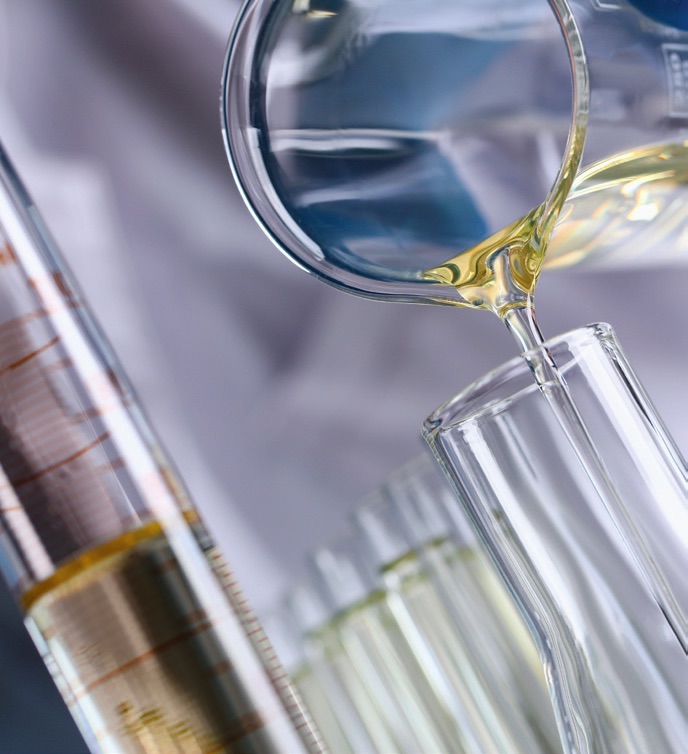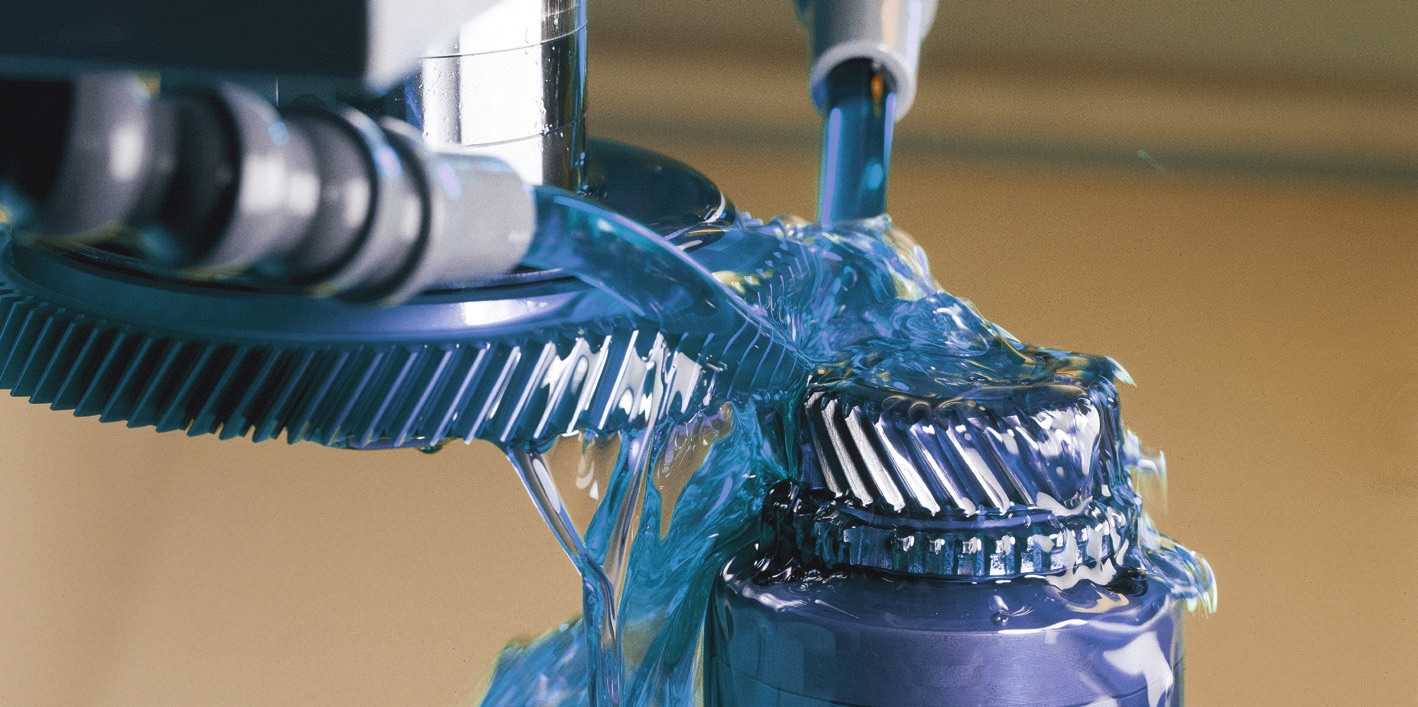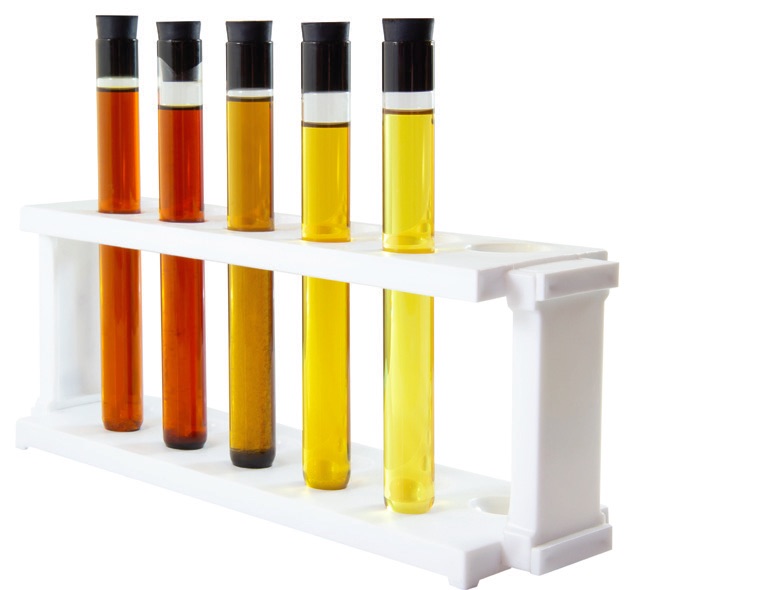Executive Summary
Is it easy to introduce a new additive technology? Although some have been unsuccessful, many TLT readers have accomplished this in a lubricant development program. One reader says, “We need to introduce new chemistry to stay ahead of the competition.” Also, respondents agree that extensive bench testing is a good method to evaluate suitability of a new additive technology. There are many factors that have a great impact on the ability to introduce a new additive technology to lubricants, and the majority agree that the greatest are cost of development and testing, regulatory constraints and environmental pressures.
Q.1 How successful has your organization been at introducing a new additive technology in a lubricant development program?
Not very successful.
Pretty successful, and often wish we had done it sooner across the board rather than in small increments.
Very successful as our suppliers have supported the introduction of new technology.
Quite successful.
Under investigations in some cases.
Only from additive suppliers.
We have been successful at introducing new additives. We need to introduce new chemistry to stay ahead of the competition.
No new additive.
Some successes through industry partnerships.
Moderately successful.

Fairly successful with a few new product launches this year.
Slow and cumbersome.
We do not make additive packages.
I would think we are very successful, but we don’t really market additives—instead, the entire formulation.
Hard for end-users to accept. It’s challenging getting the blends correct at first.
I run a consulting business, but my former employer was successful in commercializing one brand-new chemistry for the metalworking fluids market.
Slightly successful. Although there are many suppliers in the market, only a few ones are indeed proficient in new additive technologies.
Not much. Customers are looking for cheaper lubricants.
Not successful, because Ecolabel drastically reduced the requirements for biobased contents in most lubricants from 70% to just 25%. With high contents of mineral oil or PAO, traditional additives that can handle most functions and additives for innovative base stocks are no longer interesting.
Limited success due to our lab’s situation, with technicians focused on quality control but not new approvals and working from home.
We do not produce lubricants. But as a laboratory for used oils, we receive more samples using the new technology.
Quite successful.
Very successful.
Been handicapped this year due to the COVID-19 pandemic, but still able to get information to customers.

We have added several additive technologies in the last year, some of which replaced other additives, and some that provided improved finished product properties.
We have been quite successful, although it requires patience as a field trial is almost always required to establish real viability and cost effectiveness.
We have been reasonably successful in incorporating new additives into products that have worked in field trials.
What factors do you believe have the greatest impact on the ability to introduce a new additive technology to lubricants?
Cost of development and testing
57%
Regulatory constraints and environmental pressures
54%
Rapidly changing specifications and technologies
22%
Time to validate and determine suitability/no harm
46%
Based on responses sent to 15,000 TLT readers. Total exceeds 100% because respondents were allowed to choose more than one answer.
Q.2 What methods does your organization use to evaluate suitability of a new additive technology prior to more expensive and time-consuming field testing?
Extensive bench testing, then small-scale performance testing with a customer.
It would depend on the product class, but basically start with the low-cost antiwear tests and stability studies before moving on to things like FZG and oxidation stability.
Basic compatibility testing, component rig tests, motored engine tests, OEM tests.

Tests in tribotesters (four-ball, box-on-ring, pin-on-disc) conducted for the modeled contact zones.
Bench tests.
We conduct a full-design review testing, including lubricity and emulsion stability.
Engine and bench tests.
Tribometer analysis, component test stands.
Comparative bench testing for wear, friction, oxidation, rust and corrosion.
Test all general characteristics that additives can affect on a blend/formulation, such as kinematic viscosity and acid value, and perform some form of friction-performance testing along with oxidation performance of new blend.
Primarily laboratory bench testing.
In-house testing seems to give us a good feel for future results far in advance of final testing. Knowing with a great degree of certainty of the testing outcome, and approvals speed up time to market.
We depend on the information given by the additive supplier, initially.
I think we rely heavily on the additive suppliers to do the initial research and development, and only conduct field trials once it has been tested in a lab environment.
Extensive bench testing.
In-plant testing.
When I was employed, additive concentrates were always blended to a target specification before submitting for laboratory characterization testing. The concentrated additive was not tested for performance—would probably fail.
Laboratory evaluation and performance results in field applications.
Performance versus costs.
We use internally developed thin film tests for degradation, corrosion and antiwear. Long service life of a lubricant is very important, but the degradation proceeds slowly when bulk oil is aged. However, in films, the lubricant exposure to oxygen, humidity and metal surface is many times higher. So we try to compare well-established lubricants with our formulations under thin film conditions. We use standard bench tests only to validate the formulation before the field trials.
Lab bench and engine testing.

We have an application lab with capabilities for lubricity and antiwear/extreme-pressure performance evaluation (four-ball, microtapping) as preliminary screening.
Laboratory testing and bench testing.
We carefully evaluate the product in our lab to determine ease of use in our manufacturing processes, followed by extensive bench testing prior to field testing.
Bench testing is requisite with relatively simple and short time methods applicable to screening, and then the intermediate time and cost methods used to narrow the candidate list. The tests vary with the additive type. However, it is important to evaluate fully formulated systems to establish both positive and negative additive interactions.
What additive class do you believe has the greatest need for change in order to meet future lubricant performance demands?
Antioxidants and deposit control additives
48%
Friction modifiers
33%
Antiwear additives
48%
Corrosion and rust inhibitors
22%
Based on responses sent to 15,000 TLT readers. Total exceeds 100% because respondents were allowed to choose more than one answer.